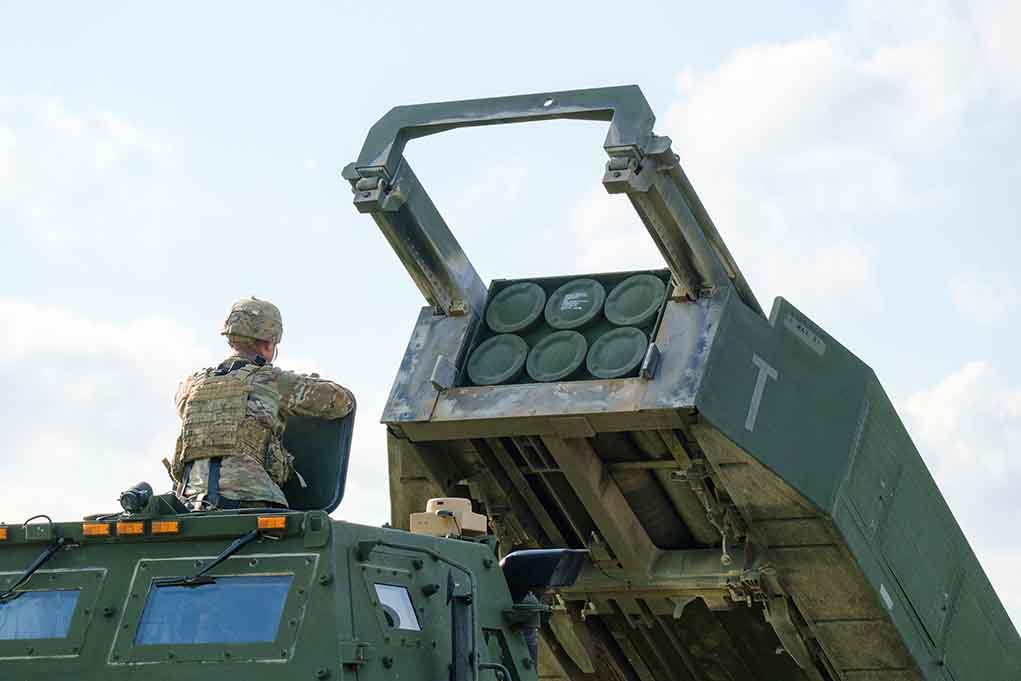The U.S. Army is undergoing its most significant reorganization in decades, combining major commands and cutting up to 1,000 positions to create a more agile fighting force ready to face modern threats, particularly from China.
Top Takeaways
- The Army will merge several major commands including Army Futures Command with Training and Doctrine Command, and consolidate Forces Command, Army North, and Army South.
- Up to 40 general officer positions could be eliminated in the restructuring aimed at reducing bureaucracy.
- Legacy weapons systems including Humvees, the M10 Booker light tank, and older helicopter formations will be phased out.
- The transformation prioritizes air and missile defense, long-range fires, cyber, and electronic warfare capabilities.
- The initiative aims to optimize the force for potential conflict in the Indo-Pacific region by 2027.
Streamlining Army Command Structure
Defense Secretary Pete Hegseth has ordered a major transformation of the U.S. Army, combining headquarters, slashing jobs, and eliminating outdated equipment. The reorganization will merge Army Futures Command with Training and Doctrine Command, while Forces Command will transform into a new Western Hemisphere Command that incorporates Army North and Army South. These changes aim to reduce headquarters staff by approximately 1,000 positions while maintaining overall Army strength by transferring personnel to field units.
The initiative will also consolidate Joint Munitions Command and Sustainment Command, reducing administrative overlap across the service. Up to 40 general officer positions could be eliminated through these consolidations, addressing long-standing concerns about top-heavy leadership within the military. These changes are part of broader federal government cuts under President Trump’s administration, though the plan will require congressional approval, which may prove challenging as lawmakers historically resist military cuts affecting their districts.
Modernizing Equipment and Capabilities
A key aspect of the Army transformation involves divesting from legacy weapons systems considered outdated or ineffective in modern warfare scenarios. The service will cease production of Humvees, Joint Light Tactical Vehicles, and the M10 Booker light tank. Plans also include divesting from the fleet of AH-64D Apache helicopters and potentially not replacing them with newer models, instead augmenting attack capabilities with drone swarms. The Gray Eagle drone program is also considered obsolete according to defense officials.
“Yesterday’s weapons will not win tomorrow’s wars,” said Secretary of the Army Dan Driscoll.
The Army will redirect resources toward prioritized capabilities including advanced air and missile defense systems, long-range precision fires, cyber warfare, electronic warfare, and counter-space capabilities. Specific initiatives include developing a future Precision Strike Missile variant and enabling AI-driven command and control by 2027. The service will continue certain manned helicopter programs and develop the Future Long-Range Assault Aircraft (FLRAA) to maintain critical aviation capabilities.
Strategic Focus on Near-Peer Threats
The transformation initiative is driven by a strategic realignment to address threats from near-peer competitors, particularly China. The Army is optimizing its force structure for deterrence and rapid deployment capabilities in the Indo-Pacific region, with a timeline to complete these changes by 2027 – aligning with intelligence estimates of China’s expanding military capacity. This represents a significant shift from the counter-insurgency focus that has dominated Army planning for the past two decades.
Army Secretary Driscoll emphasized the imperative for change, stating that “Adaptation is no longer an advantage — it’s a requirement for survival.” The Army also plans to create “agile funding” mechanisms, shifting from program-centric to capability-based portfolios, though this approach may require additional congressional authorization. These fiscal changes aim to make the Army more responsive to rapidly evolving battlefield technologies and threats.










